-
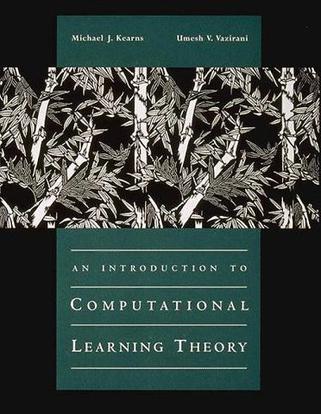
An Introduction to Computational Learning Theory
Authors introduce a number of central topics in computational learning theory for researchers and students in artificial intelligence, neural networks, theoretical computer science, and statistics. DLC: Machine learning. -
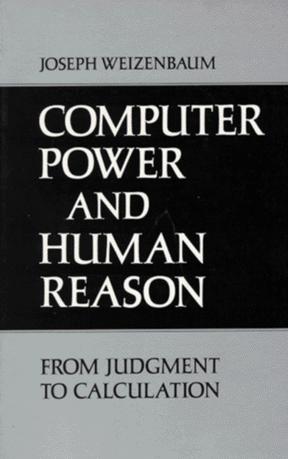
Computer Power and Human Reason
PREFACE
This book is only nominally about computers. In an impor-
tant sense, the computer is used here merely as a vehicle for m~)ving
certain ideas that are much more important than computers. The
reader who looks at a few of this book s pages and turns away in
fright because he spots an equation or a bit of computer jargon here
and there should reconsider. He may think that he does not know
anything about computers, indeed, that computers are too compli-
cated for ordinary people to understand. But a major point of this
book is precisely that we, all of us, have made the world too much
into a computer, and that this remaking of the world in the image of
the computer started long before there were any electronic comput-
ers. Now that we have computers, it becomes somewhat easier to see
this imaginative transformation we have worked on the world. Now
we can use the computer itself--that is the idea of the computer--as
a metaphor to help us understand what we have done and are doing.
We are all used to hearing that the computer is a powerful
new instrument. But few people have any idea where the power of a
computer comes from. Chapters I to III are devoted to explaining just
QQ -
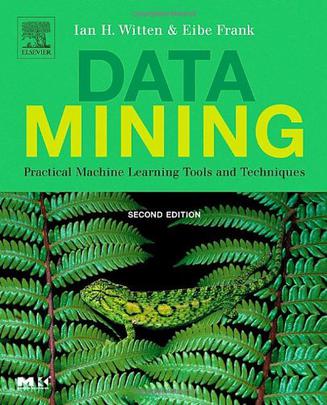
Data Mining
As with any burgeoning technology that enjoys commercial attention, the use of data mining is surrounded by a great deal of hype. Exaggerated reports tell of secrets that can be uncovered by setting algorithms loose on oceans of data. But there is no magic in machine learning, no hidden power, no alchemy. Instead there is an identifiable body of practical techniques that can extract useful information from raw data. This book describes these techniques and shows how they work. The book is a major revision of the first edition that appeared in 1999. While the basic core remains the same, it has been updated to reflect the changes that have taken place over five years, and now has nearly double the references. The highlights for the new edition include thirty new technique sections; an enhanced Weka machine learning workbench, which now features an interactive interface; comprehensive information on neural networks; a new section on Bayesian networks; plus much more; algorithmic methods at the heart of successful data mining-including tried and true techniques as well as leading edge methods; performance improvement techniques that work by transforming the input or output; and, downloadable Weka, a collection of machine learning algorithms for data mining tasks, including tools for data pre-processing, classification, regression, clustering, association rules, and visualization-in a new, interactive interface. -
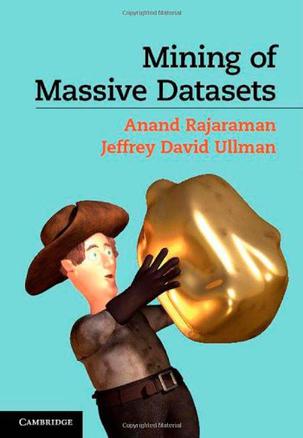
Mining of Massive Datasets
The popularity of the Web and Internet commerce provides many extremely large datasets from which information can be gleaned by data mining. This book focuses on practical algorithms that have been used to solve key problems in data mining and which can be used on even the largest datasets. It begins with a discussion of the map-reduce framework, an important tool for parallelizing algorithms automatically. The authors explain the tricks of locality-sensitive hashing and stream processing algorithms for mining data that arrives too fast for exhaustive processing. The PageRank idea and related tricks for organizing the Web are covered next. Other chapters cover the problems of finding frequent itemsets and clustering. The final chapters cover two applications: recommendation systems and Web advertising, each vital in e-commerce. Written by two authorities in database and Web technologies, this book is essential reading for students and practitioners alike. -
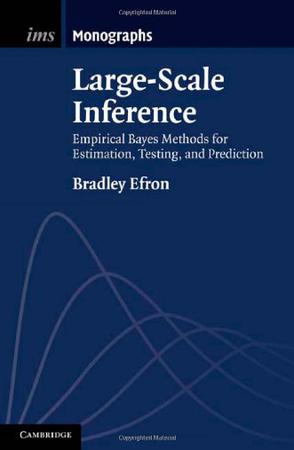
Large-Scale Inference
We live in a new age for statistical inference, where modern scientific technology such as microarrays and fMRI machines routinely produce thousands and sometimes millions of parallel data sets, each with its own estimation or testing problem. Doing thousands of problems at once is more than repeated application of classical methods. Taking an empirical Bayes approach, Bradley Efron, inventor of the bootstrap, shows how information accrues across problems in a way that combines Bayesian and frequentist ideas. Estimation, testing and prediction blend in this framework, producing opportunities for new methodologies of increased power. New difficulties also arise, easily leading to flawed inferences. This book takes a careful look at both the promise and pitfalls of large-scale statistical inference, with particular attention to false discovery rates, the most successful of the new statistical techniques. Emphasis is on the inferential ideas underlying technical developments, illustrated using a large number of real examples. -
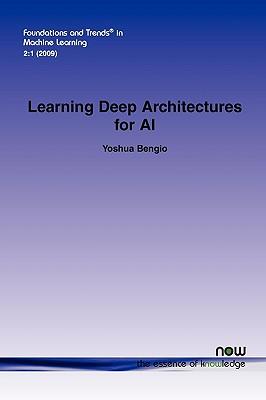
Learning Deep Architectures for AI
Theoretical results suggest that in order to learn the kind of complicated functions that can represent high-level abstractions (e.g., in vision, language, and other AI-level tasks), one may need deep architectures. Deep architectures are composed of multiple levels of non-linear operations, such as in neural nets with many hidden layers or in complicated propositional formulae re-using many sub-formulae. Searching the parameter space of deep architectures is a difficult task, but learning algorithms such as those for Deep Belief Networks have recently been proposed to tackle this problem with notable success, beating the stateof- the-art in certain areas. This monograph discusses the motivations and principles regarding learning algorithms for deep architectures, in particular those exploiting as building blocks unsupervised learning of single-layer models such as Restricted Boltzmann Machines, used to construct deeper models such as Deep Belief Networks.